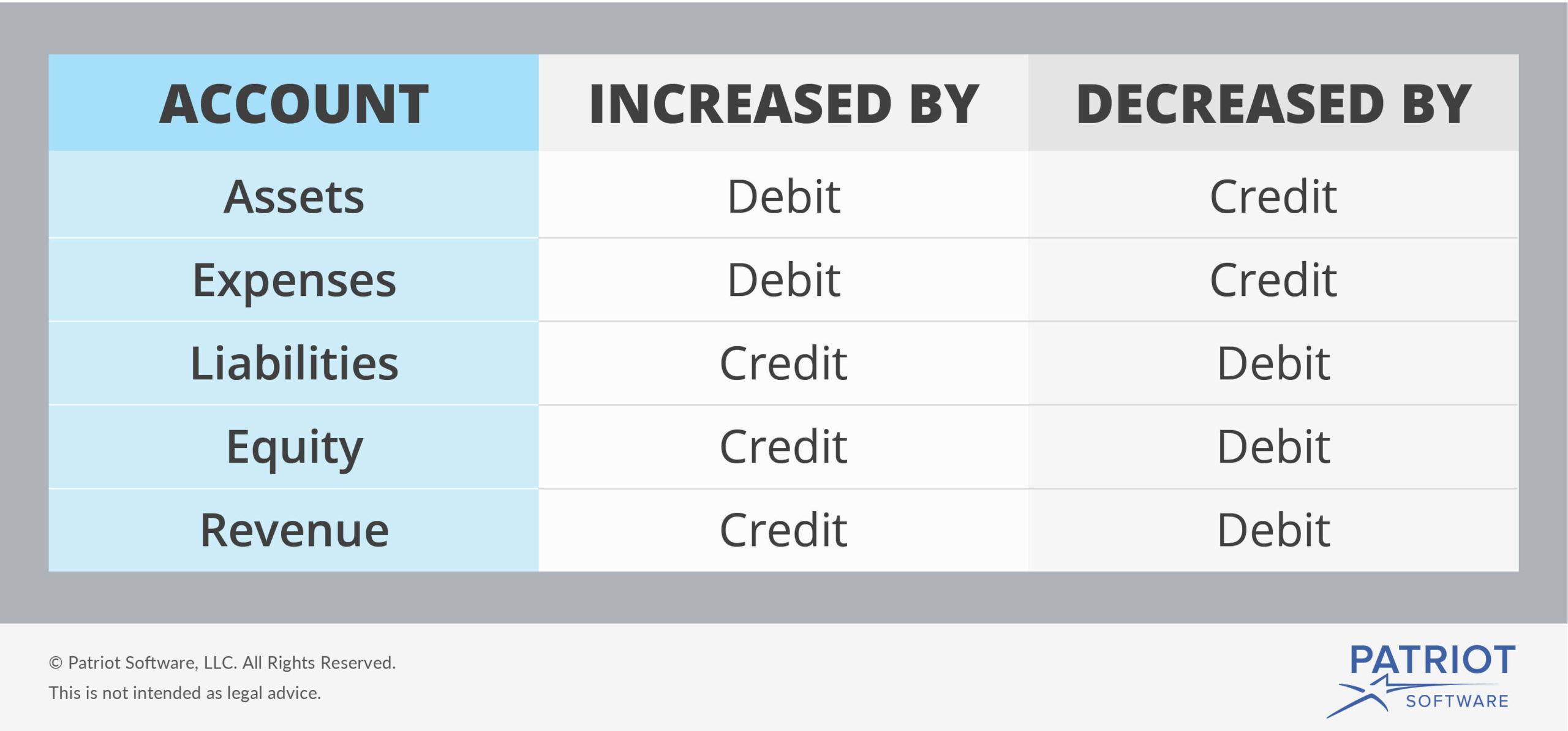
However, in some cases, it can also be debit when there is a decrease at the time the company settles those accounts payable or at the time the company discharged the liabilities. When a company purchases goods or services from a vendor as credit, it is called accounts payable. Accounts payable is a kind of short-term debt to be settled from somewhere ranging from a week to a month after receiving the invoice.
History of payments report
The owner’s equity and shareholders’ equity accounts are the common interest in your business, represented by common stock, additional paid-in capital, and retained earnings. Your decision to use a debit or credit entry depends on the account you’re posting to and whether the transaction increases or decreases the account. The debit increases the equipment account, and the cash account is decreased with a credit. Asset accounts, including cash and equipment, are increased with a debit balance.
How Precision Neuroscience streamlined systems and slashed data entry with Ramp
The open invoices report lists all unpaid invoices for a specific period. If you have an effective invoice processing workflow, you can pull this report on demand to understand your current cash needs, learn which vendors are waiting for payments, and so on. You can also ensure that you have invoices for all your outstanding purchase orders. Also called accrued liabilities, these expenses are realized on a company’s balance sheet and are usually current liabilities. Accrued liabilities are adjusted and recognized on the balance sheet at the end of each accounting period.
How Evans Hotels saved time and gained spend visibility with Ramp
- Though we cannot say how many transactions happened that year, overall, since it is increasing, it is an example of Account Payable Credit for IBM.
- Debits decrease your equity, usually when you pay out dividends, experience losses, or withdraw funds from the business.
- But this amount is more than just an IOU — accounts payable represents a company’s short-term debts.
- Because accounts payable are typically paid within one year (or earlier), they are current liabilities.
Your business must focus on optimizing its accounts payable to free up working capital in order to enhance business growth. Ineffective accounts payable management can lead to invoices not being processed on time, or losing out on the opportunity to utilize discounts. You must process your invoices on a regular basis, regadless of the number of vendors you have, so you can follow the above procedure either weekly or fortnightly.
Cash
An AP department also handles internal payments for business expenses, travel, and petty cash. If you wait too long to pay, you may damage your relationship with the vendor. Reliable vendors are important, and you need to pay them in a timely manner. To conserve cash, you may want to take more time before you pay invoices.

Making an Accounting Payable Entry
This leads to more reliable financial records and fewer discrepancies to resolve. If the data matches, the accounting department can generate a check. The owner should review all of the documents before signing the check and paying the invoice. Most of the balance on a five-year loan, for example, is categorized as a long-term (noncurrent) liability.
For example, if you stock up on new inventory, more resources are coming into your company. Assets accounts track valuable resources your company owns, such as cash, accounts receivable, inventory, and property. For example, if a business takes out a loan to buy new equipment, the firm would enter a debit in its equipment account because it now owns a new asset. For example, let’s say you need to buy a new projector for your conference room. Since money is leaving your business, you would enter a credit into your cash account.
Conversely, accounts receivable represents money owed to you, and is a current asset. An audit report is a document generated by your auditors that reviews your company’s financial records. A formal audit will ensure that your financial statements are prepared in accordance nba 2021 luxury tax tracker with generally accepted accounting principles, or GAAP. Both are liabilities that businesses incur during their normal course of operations but they’re inherently different. Accrued expenses are liabilities that build up over time and are due to be paid.
When it comes to accounts payable, adhering to GAAP ensures accuracy, consistency, and transparency in your financial records. Acme posts a debit to increase the machinery asset account (#3100), and posts a credit to increase accounts payable (#5000). Receivables represent funds owed to the firm for services rendered and are booked as an asset.
Maintaining correct journal entries makes calculating accounts payable while preparing a balance sheet easy. Having a view into all AP transactions will allow you to pay off debts timely, leading to a preferable turnover ratio. Accounts payable is a liability that represents money owed to creditors. Keeping accurate accounts payable records is essential to managing the company’s cash flow and producing accurate financial statements. Your accounts payable is a liability account, as is easily remembered by its current liabilities section. Liability accounts show how much a company owes and include short-term liabilities like accounts payable and long-term liabilities like loans payable.
Also, an efficient accounts payable management process prevents fraud, overdue charges, and better cash flow management. Further, it also ensures proper invoice tracking and avoiding duplicate payment. Whenever your supplier provides goods or services on credit to your business, there are accounts payable outstanding on your balance sheet.






